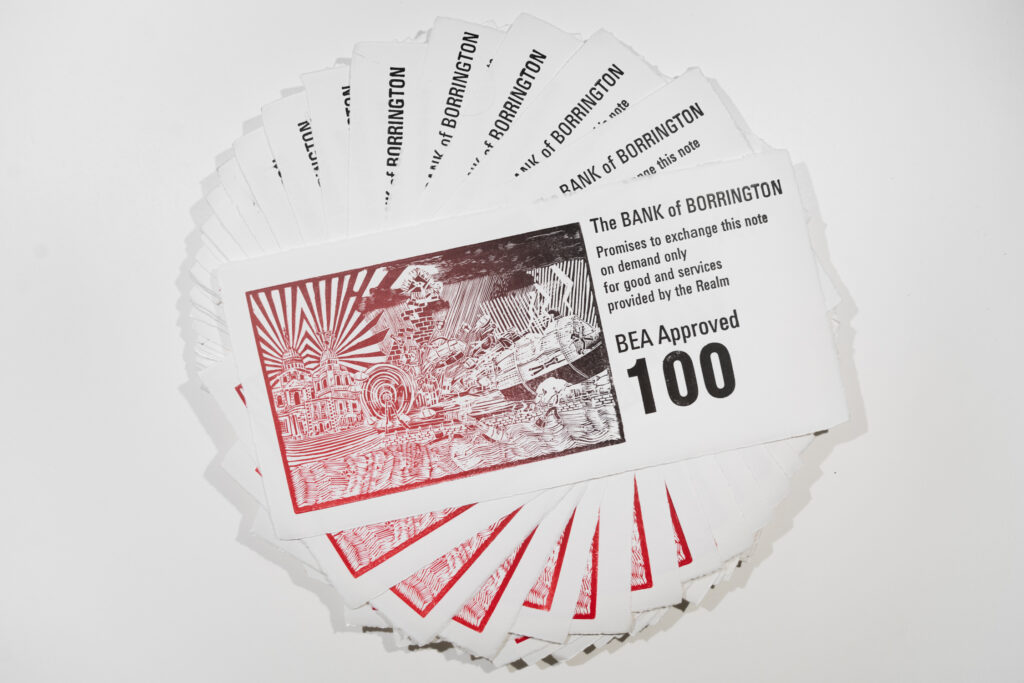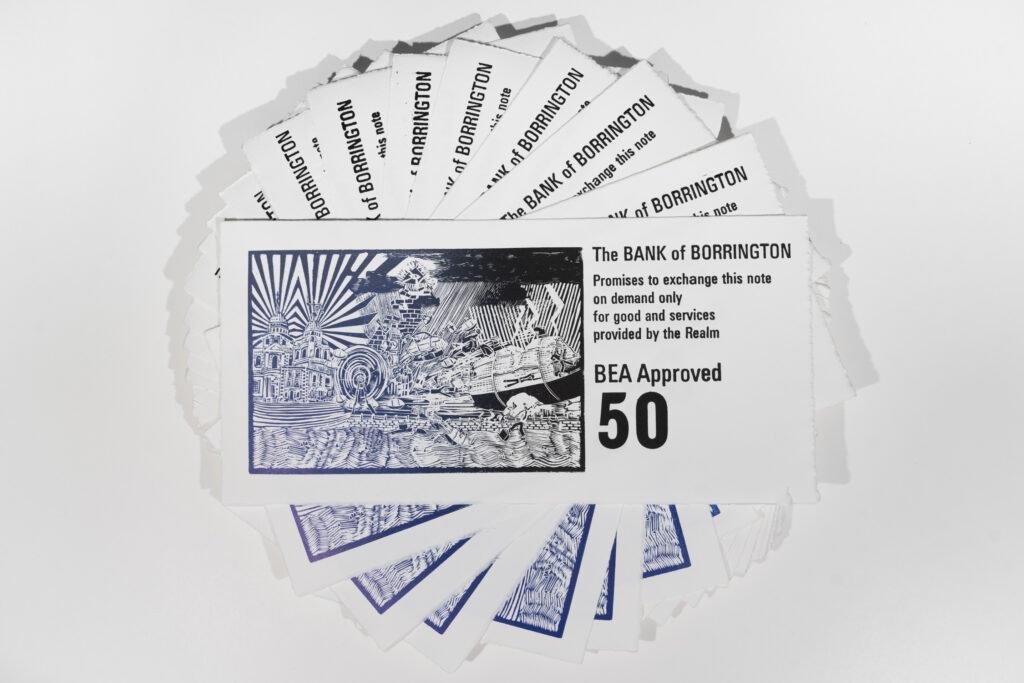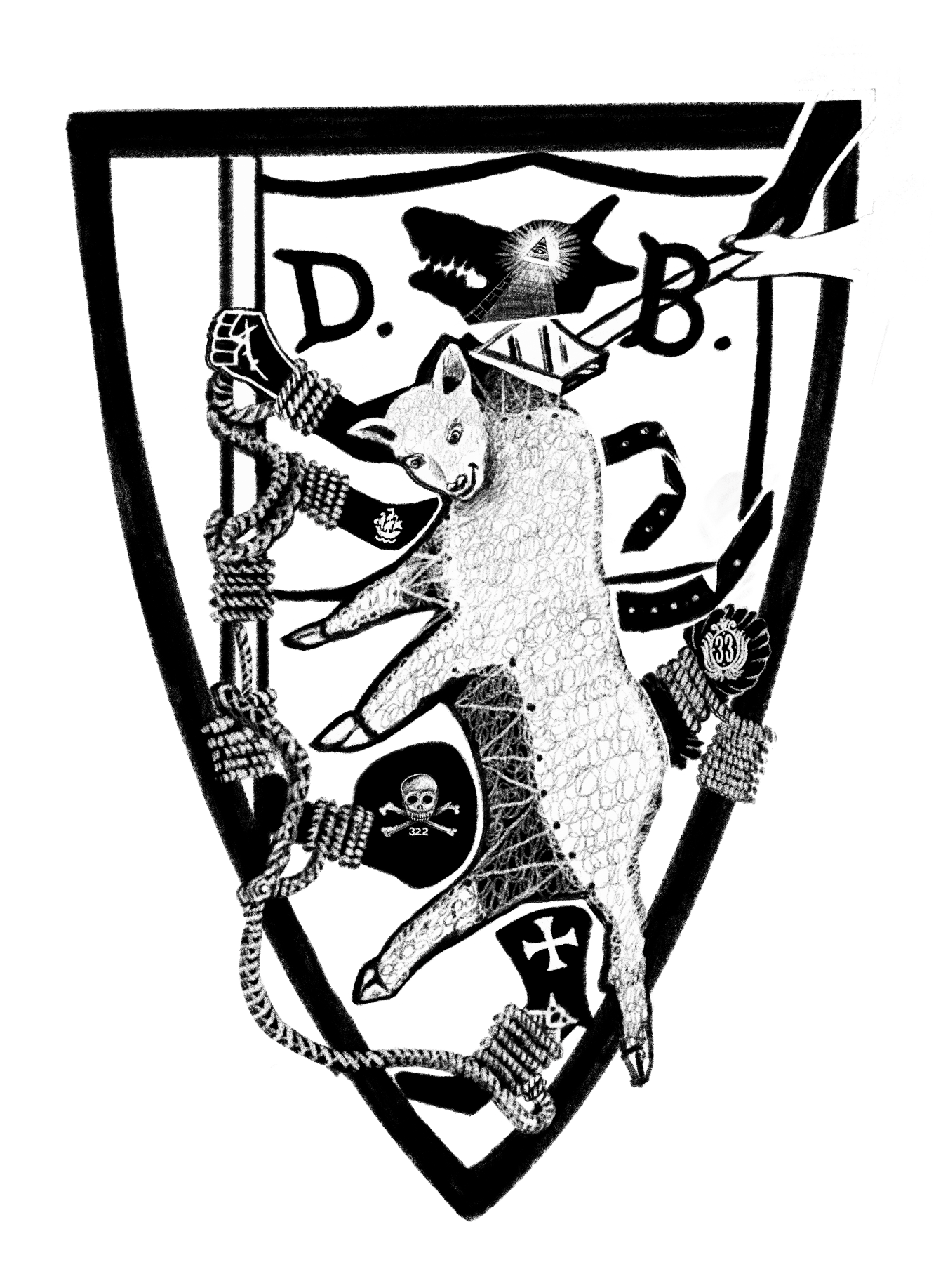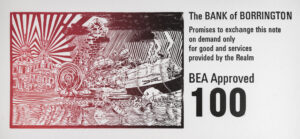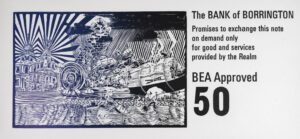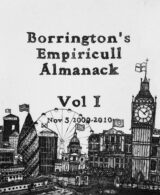“PHONETICALLY SPEAKING” To reflect the fast pace of world news, my blog is probably best served as a stream-of-consciousness text. Fast and unadulterated. With this approach, and on first encounter, text might not seem to scan. This is because I am dyslexic. Instead of keeping the proof-readers busy, I would rather let my blog updates of my visual work stand as a record of my experience of dyslexia, which I am keen that you now get to enjoy too. Unlike some news outlets, I hereby excuse myself the need for a ‘corrections’ section! The excitement of a new language is something I’m quite familiar with, and it is with this ‘joie de vivre’ that I am delighted to guide you through my thought and work processes, more phonetically (than fanatically) speaking.
Borrington Half-ShekelI
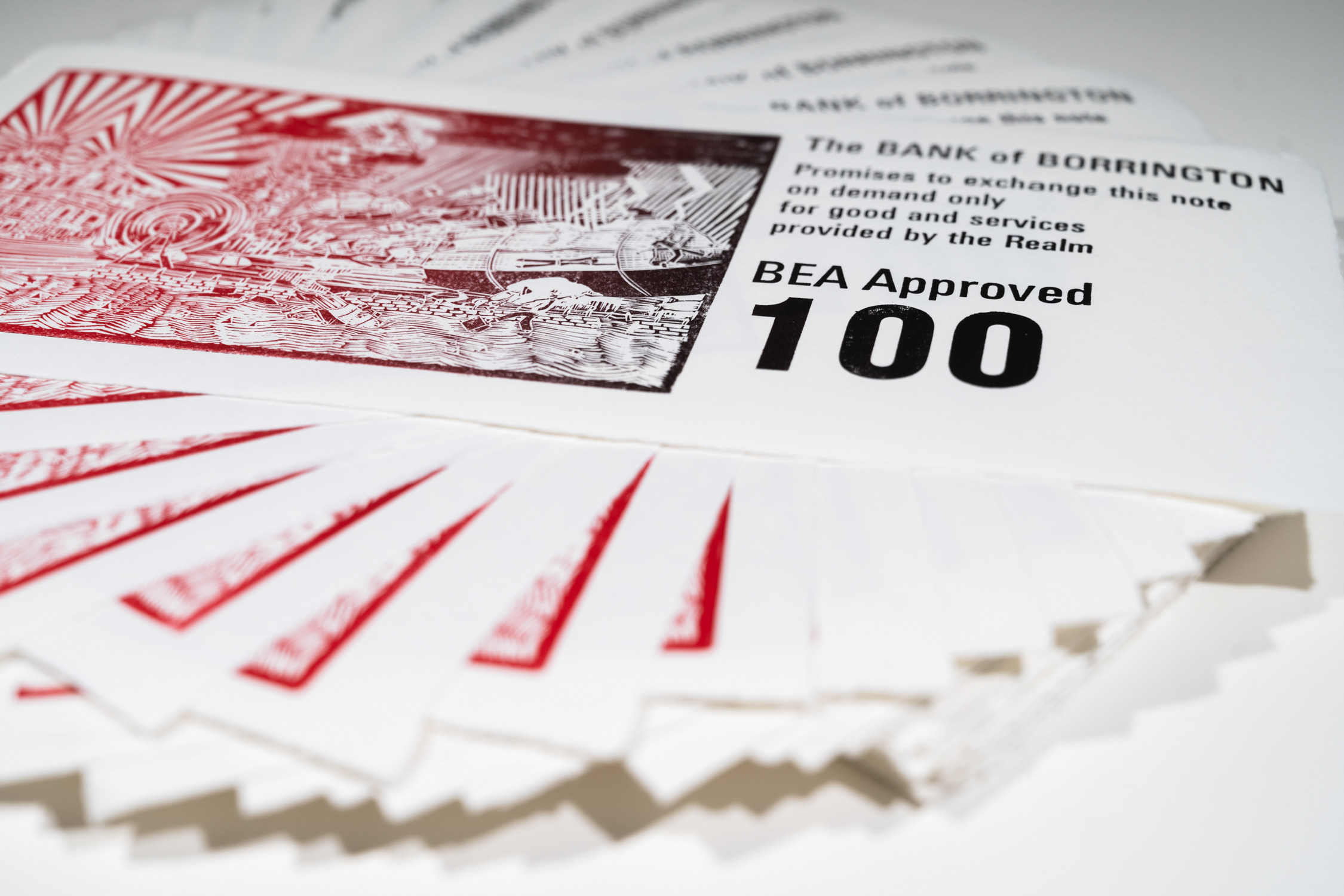
Unveiling the Borrington Half-Shekel: A Currency Beyond Banking
In a quest to challenge the flaws of the current banking system, I embarked on the journey to create a currency that reflects transparency and fairness. The Borrington Half-Shekel stands as a symbol against the questionable practices of major high street banks, aiming to highlight the illegality and profiteering that plagues our financial institutions.
At its core, currency serves as a public service, facilitating the exchange of goods with a standardized value. The principle that one should not be allowed to profit solely from the manipulation of money underscores the philosophy behind the Borrington Half-Shekel.
Throughout history, pivotal moments have marked the shifting balance of power between money lenders and the citizens using the currency. Figures like Caesar, who introduced cheap metal coins and reduced land ownership, and Henry II, who implemented the tally stick, paved the way for alternatives to traditional banking. This journey continued through Lincoln’s greenback dollar, John F. Kennedy’s attempts to challenge the independent Federal Reserve Bank, and even reached the realm of Qaddafi, who envisioned a gold dinar to liberate Africa.
The Borrington Half-Shekel emerges as a unique currency that refuses to devalue; instead, it promises an increase in value over time. With a limited circulation of only 15,000 at any given moment, acquiring these Half-Shekels is possible at the prevailing exchange rate.
In the grand tapestry of monetary history, the Borrington Half-Shekel adds a new chapter, beckoning individuals to question the prevailing norms of banking and envision a future where the power of currency lies in the hands of the people.

